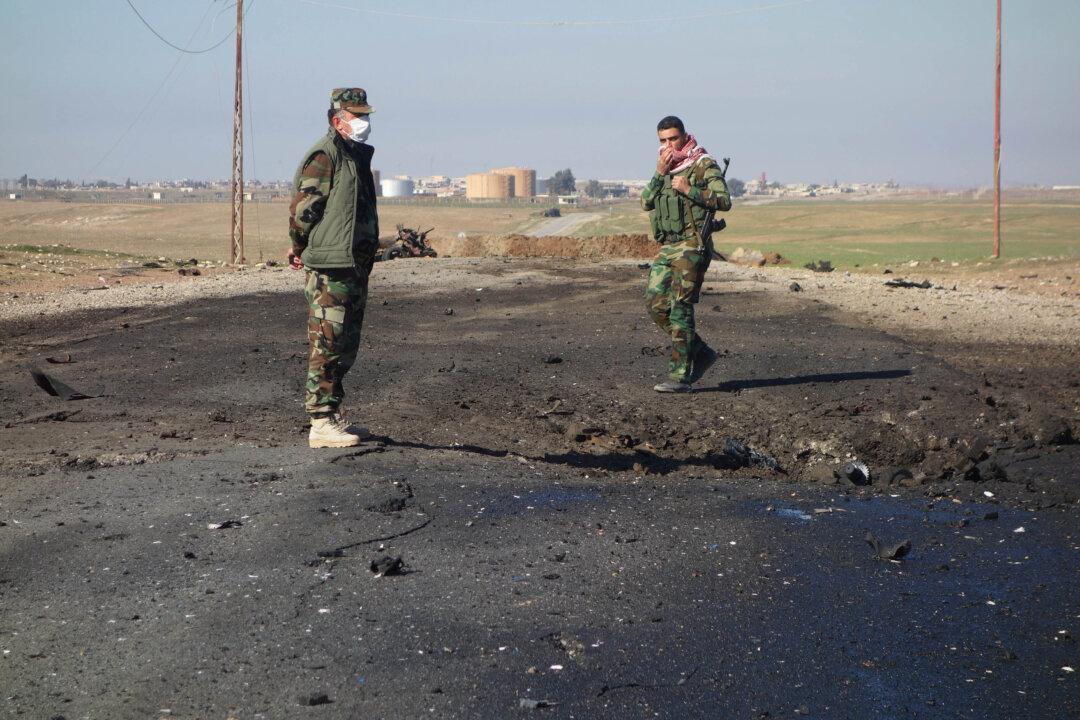Evidence is mounting that Islamic State (ISIS) is using chemical weapons in Iraq and Syria—and yet this egregious crime, which once used to be a “red line” for the rest of the world, has yet to provoke a proportionate response.
One the most compelling accusations so far is a recent report that the terrorist group used mustard gas in Marea, a Syrian town near Aleppo. No one was killed, but around 30 people were treated for severe chemical injuries. One of the victims was a 5-day-old baby.
The United Nations is currently setting up an investigation into the attack, but given the seriousness of what may be a full-on chemical campaign, it all feels like too little, too late.
Upping the Ante
This is far from the first allegation that ISIS has used chemical weapons. In July 2014, there were reports of a chemical attack against Kurdish forces in Kobani, Syria. ISIS is believed to have stolen the chlorine that was used in the strike from the Muthanna chemical facility near Baghdad in Iraq.
Then, in October 2014, Iraqi doctors and police officers investigated claims that ISIS used chlorine as a weapon in Dhuluiya, a town north of Baghdad. Witnesses reported a yellow smoke at the scene that made them faint and vomit. Experts pointed to water treatment plants in areas now under ISIS control that could provide a ready supply of chlorine.
In March 2015, Kurdish authorities claimed ISIS had used chemical weapons against peshmerga fighters outside the Iraqi city of Mosul. They showed a video of the attack. A truck billowing white smoke is seen being driven toward the Kurdish troops, which then explodes. The smoke makes the fighters extremely sick—all symptoms of chemical exposure.
